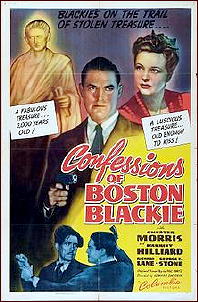Thu 6 Apr 2017
SF Stories I’m Reading: EDMOND HAMILTON “What’s It Like Out There?”
Posted by Steve under Pulp Fiction , Science Fiction & Fantasy , Stories I'm Reading[5] Comments
EDMOND HAMILTON “What’s It Like Out There?” Thrilling Wonder Stories, December 1952. First anthologized in The Best from Startling Stories, edited by Samuel Mines (Henry Holt, hardcover, 1953). Reprinted elsewhere many times. The first Hamilton collection in which it appeared was What’s It Like Out There and Other Stories (Ace, paperback, 1974).
I’m working my way through the latter collection, if reading only the first story so far qualifies as “working my through” it. Although he had an extraordinarily long writing career, “What’s It Like Out There?” is probably Hamilton’s most well remembered story, and it came along toward the beginning of what I consider the last third of it.
In his early days — the 20s and 30s — Edmond Hamilton was an out and out “space opera” kind of guy, writing stories with titles such as Crashing Suns, The Star-Stealers and The Comet-Drivers, all appearing first in Weird Tales. In the 1940s his career took a nosedive (my opinion) when he spent most of writing time dreaming up new adventures for Captain Future, again for the pulp magazines.
Whether “What’s It Like Out There?” was his first story written for readers at an adult level, I’m not sure, but from what I’ve read, it turned heads around in SF fandom almost immediately. It’s the story of a survivor of the second expedition to Mars, who before making his way home in Ohio from the hospital where he spent a number of weeks recovering, has to stop along the way to visit the families and loved ones of his friends who didn’t make it.
He would like to tell them the truth — that their loved ones died in vain, perishing on a cruel and uncaring planet, with their only purpose for being there being the uranium people on Earth need to continue going about their merry and equally uncaring ways — but he finds that he can’t. People on Earth still need their heroes, he discovers, no matter how little they actually care, except when of course it’s personal, and even then, as he discovers, most are happier not knowing the truth.
There are lots of nuances in this story that the preceding paragraph does not begin to go into. Last night was the first time I’d read this story in years, and it surprised me as to how much I read into it this time that I suspect I didn’t before. More than I remembered, at any rate.

